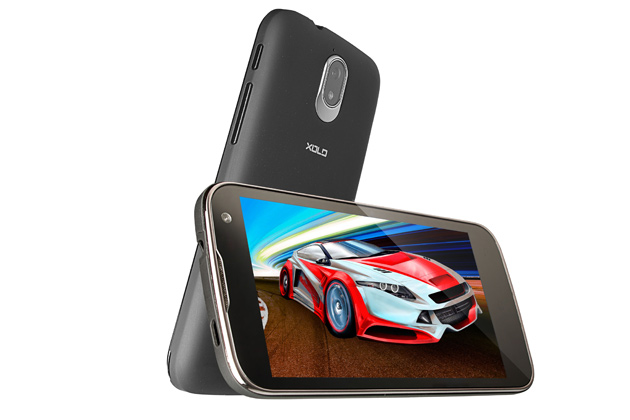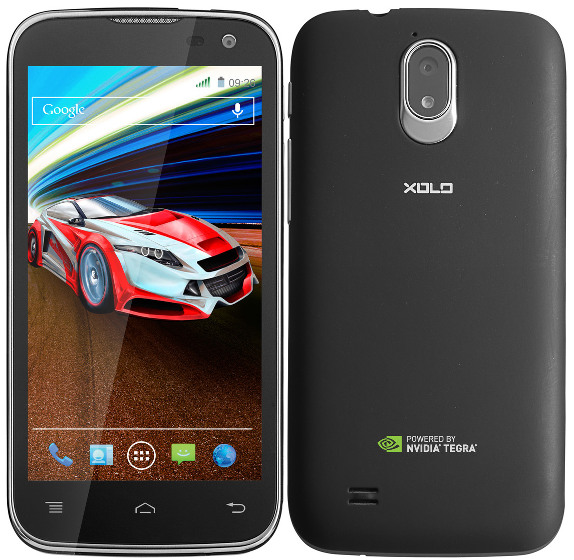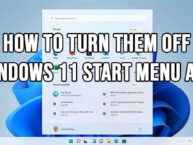After some rumors Xolo finally unveiled its plan for a gaming smartphone powered by a Tegra 3 processor which we expected to arrive sometime this quarter but not this soon. Earlier this month following the rumor Xolo started the pre-bookings of the handset in association with an e-commerce portal. It was declared that the smartphone shall be launched on 15 July and here it is for ₹15,999.

Xolo Play T1000 is the company’s first Nvdia powered Tegra 3 processor smartphone aimed to provide its patrons with mobile gaming experience at an affordable price point. Xolo Play sports a 4.7-inch HD capacitive touch screen IPS display with 1280 x 720 pixels resolution based on one glass solution (OGS) technology. It features a 1.5 GHz quad-core Nvidia Tegra 3 processor with 416 MHz 12 Core NVIDIA ULP GeForce GPU and runs on Android 4.1.1 Jelly Bean mobile operating system. It has 1GB of RAM and 4GB of internal memory with an expandable option up to 32 GB via a microSD card slot. It comes with a 8MP BSI sensor primary camera with LED flash and 2MP front-facing secondary camera and runs on a 2000 mAh battery. On the connectivity front the device features single-SIM card slot with 3G , Wi-Fi, Bluetooth and GPS/ AGPS support.

The smartphone having Tegra processor comes bundled with an application by Nvidia itself which is the Tegra Zone that would let users search and install Tegra optimized games on their Android. Tegra processor and battery issues though run hand-in hand but Xolo Play shall give 11.2 hours of talk time on 2G and up to 9 hours on 3G under nominal usage conditions.
Xolo Play T1000 is available for purchase online via xolo.in and other retailing web-sites and shall hit the shelves soon across the country.
Xolo Play at this price point will definitely face a huge competition from the budget android market with Canvas 4 and Karbonn Titanium S9 or even Lava Iris 504q from the parent company itself. Most of the features that is quad-core processor, HD display, 1GB RAM, 4GB internal memory, 8MP BSI sensor camera are exactly the same with the prominent difference between the SoC used. Though the rest run on MediTek MT6589 SoC and this on Tegra 3 but now the general public knows about the pros and cons of Tegra chipsets which primarily include battery woes, overheating and undoubtedly better gaming experience than MediaTek inbuild GPU. Let’s see how well the market accepts another struggler in this already stagnated scenario.






